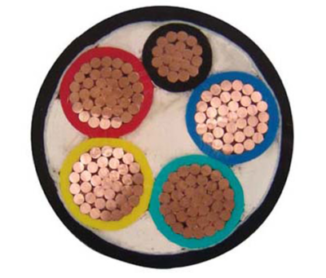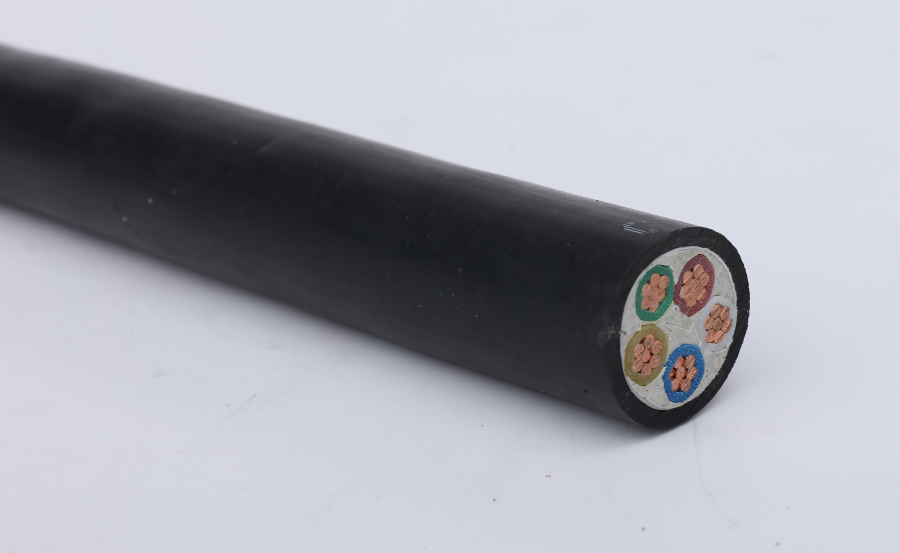When the connector of the low-voltage cables have obvious damage, cracks, cracks, and rust. So it means that the connector should not be used anymore. If the plating is uneven or there are bad situations such as missing pins, broken pins, or shrinking pins. Then this also means that this connector should not use anymore. So what should we pay attention to before installation?
Pay Attention Before Install Low-voltage Cables
When installing the low-voltage cable, ensure that the appearance of the low-voltage cable is complete.
If the outer insulation layer of the low-voltage cable has noticeable stains, it should clean before installation. If the outer insulation layer of the low-voltage cable has obvious defects or serious scratches, you should avoid taking materials from this section of the cable to prevent accidents.
In installing low-voltage cables, it is necessary to ensure that the installation of low-voltage cables conforms to safety regulations. Operators should use special tools and install low-voltage cables according to the correct operation method.
The Way to Install Low Voltage Power Cables
When trimming the thread, a margin for processing loss should be reserved. And it is strictly forbidden to damage the shielding layer, insulating layer, core conductor, and cable sheath of the parts that do not need to be treated. Moreover, direct contact with bare hands is strictly prohibited during installation. And the stripped conductor should treat in time to prevent the surface of the conductor.
After the low-voltage cable is installed, you must use a testing tool to detect whether the wire and cable are well-connected to cable equipment. Special attention should pay to the place where there is a disconnection result. Check whether the insulating tape paste prevents water leakage and electricity leakage well.
In addition to the above two correct installation methods, the low-voltage cable should also install in accordance with the surrounding environmental conditions. It should prohibit installing low-voltage cables at a high temperature. And to prevent the cable from being strongly corroded.
The above are the precautions and installation methods for low-voltage cables before installation. Before installing, ensure that the low-voltage cable connectors are in good condition. If the low-voltage cable installation line really needs to pass through the above environment, it can protect the cable duct. And they can prolong the working life. Of course, it is also possible to purchase low-voltage cables with good quality and low cost before installation to ensure the quality of installation.
Cable Marking
1 Markings shall be placed on electrical equipment to indicate the panel and line numbers from which power and lighting lines lead.
2 Signal and control line numbers shall be identified on all cabinets, terminal boxes, equipment racks, control panels, and operator consoles.
3 Indoor cables shall be labeled and permanently marked with the cable number and secured to all terminal ends and pull boxes of the cable.
4 High voltage feeder cables shall be tagged with ribbon plastic wrap labels and affixed with feeder cable numbers.
5 Cable markers shall be installed on each cable in distribution panels and junction boxes. The cable markers shall be halogen-free and the cable numbers on the markers shall be the same as required on the drawings.
I hope this was useful for you. Here at Veri, you can get more information about cables.

